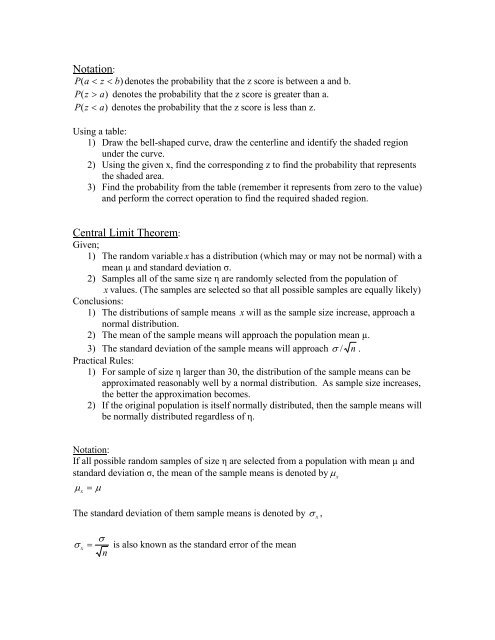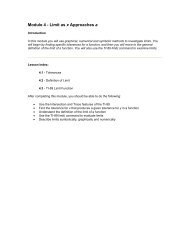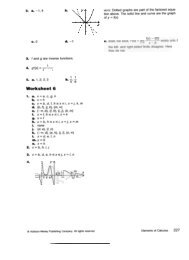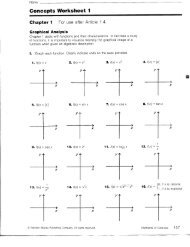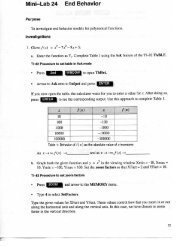Statistics Terminology
Statistics Terminology
Statistics Terminology
Create successful ePaper yourself
Turn your PDF publications into a flip-book with our unique Google optimized e-Paper software.
Notation:P ( a < z < b) denotes the probability that the z score is between a and b.P ( z > a) denotes the probability that the z score is greater than a.P ( z < a) denotes the probability that the z score is less than z.Using a table:1) Draw the bell-shaped curve, draw the centerline and identify the shaded regionunder the curve.2) Using the given x, find the corresponding z to find the probability that representsthe shaded area.3) Find the probability from the table (remember it represents from zero to the value)and perform the correct operation to find the required shaded region.Central Limit Theorem:Given;1) The random variable x has a distribution (which may or may not be normal) with amean µ and standard deviation σ.2) Samples all of the same size η are randomly selected from the population ofx values. (The samples are selected so that all possible samples are equally likely)Conclusions:1) The distributions of sample means x will as the sample size increase, approach anormal distribution.2) The mean of the sample means will approach the population mean µ.3) The standard deviation of the sample means will approach σ / n .Practical Rules:1) For sample of size η larger than 30, the distribution of the sample means can beapproximated reasonably well by a normal distribution. As sample size increases,the better the approximation becomes.2) If the original population is itself normally distributed, then the sample means willbe normally distributed regardless of η.Notation:If all possible random samples of size η are selected from a population with mean µ andstandard deviation σ, the mean of the sample means is denoted by µµx= µThe standard deviation of them sample means is denoted by σx,σσx= is also known as the standard error of the meannx


